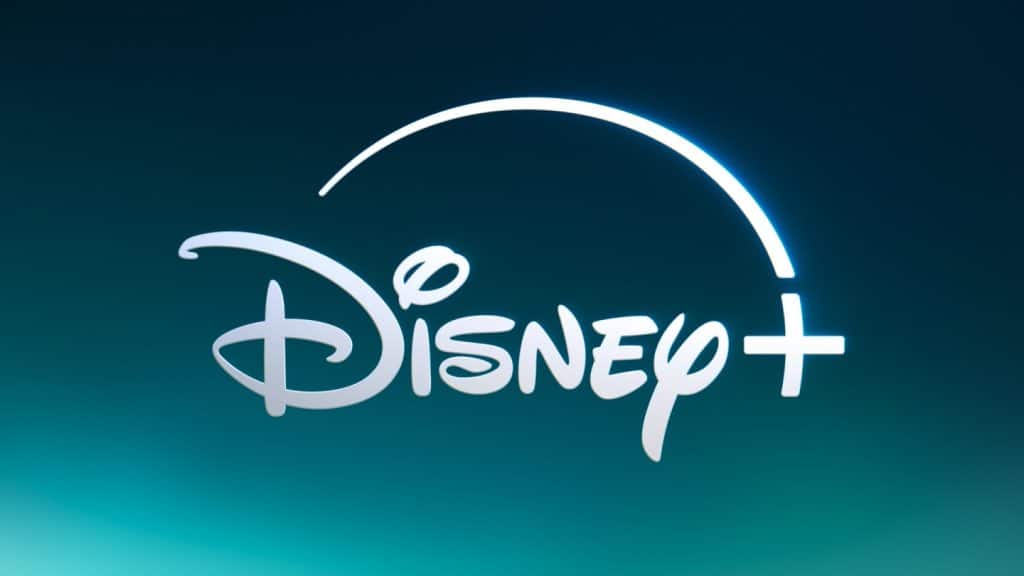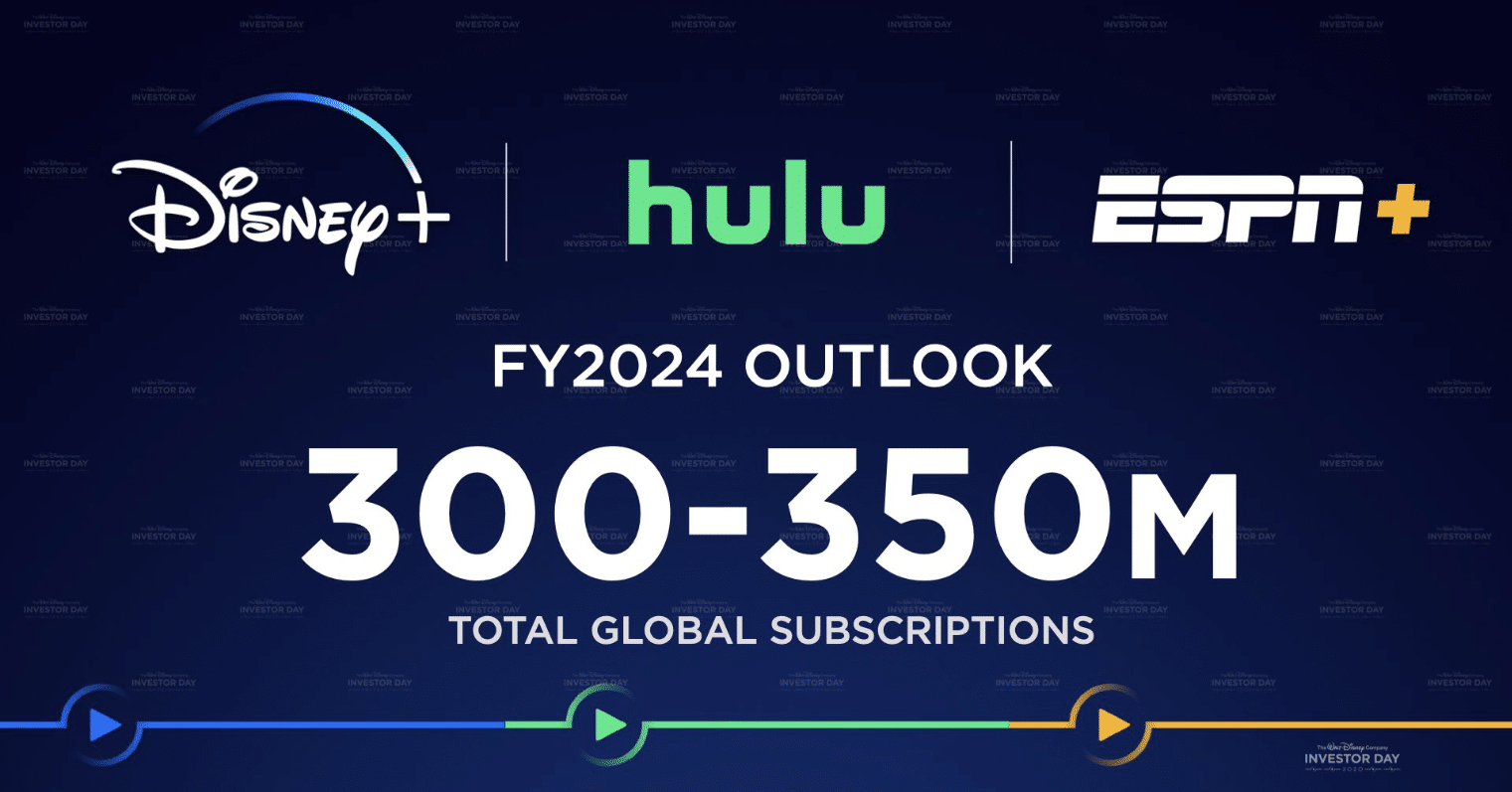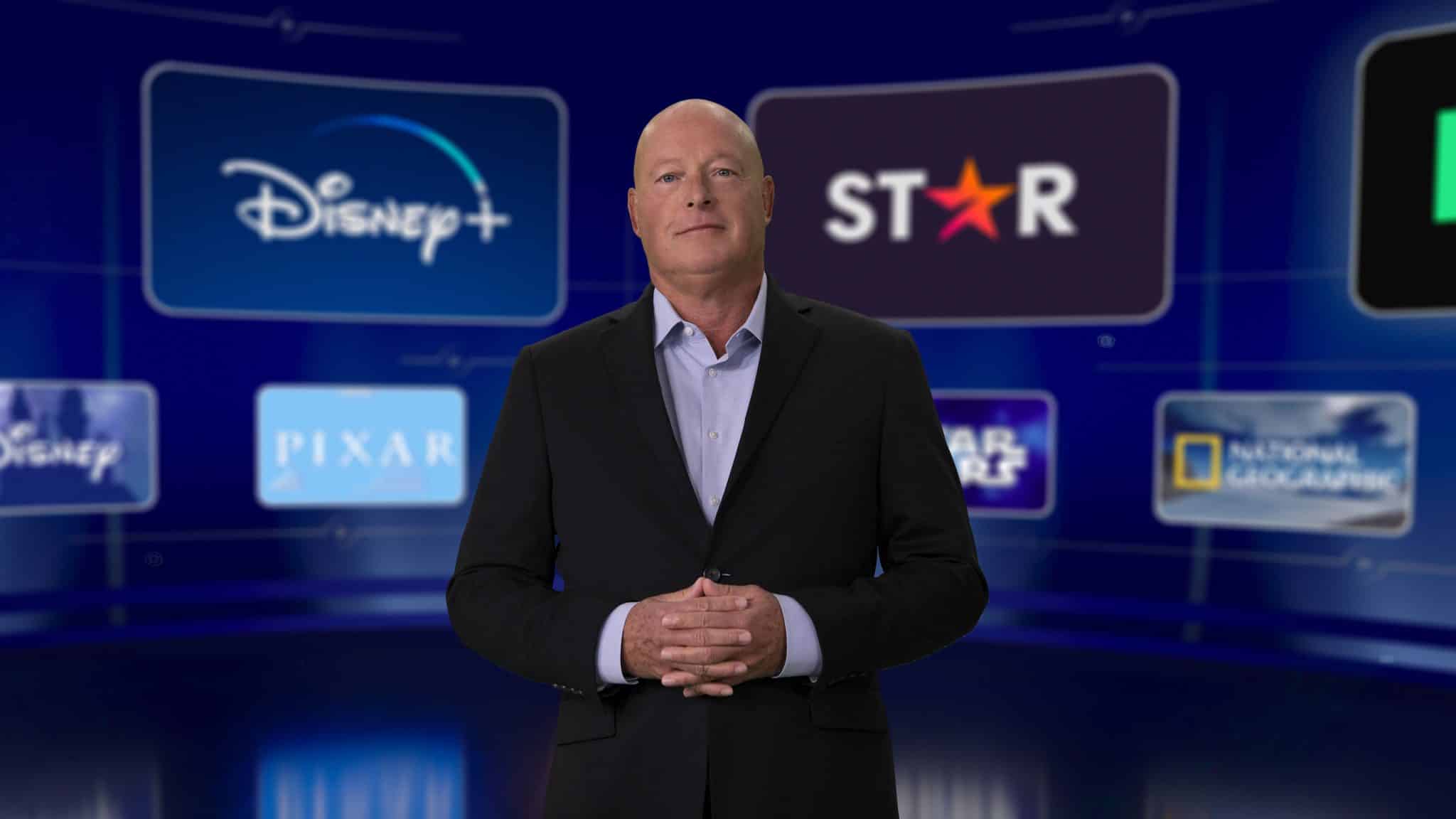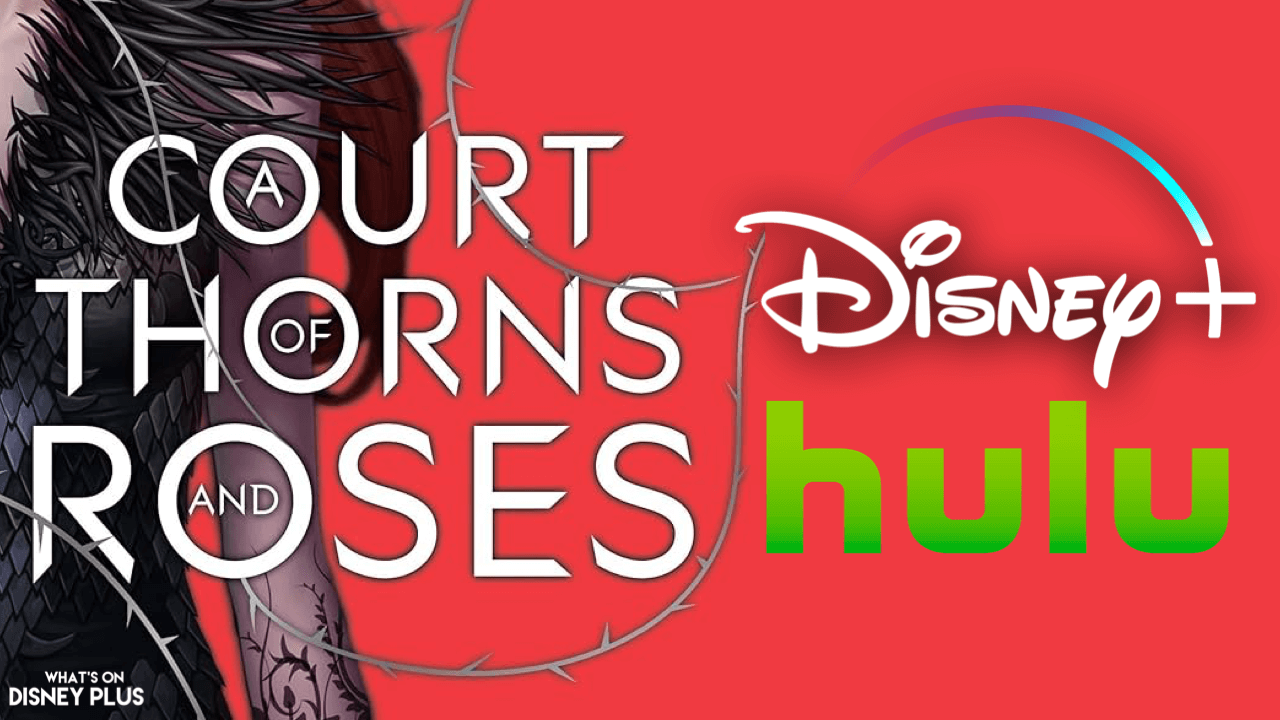
Is 200 Million Subscribers The Sweet Point For Streaming Services?
Ever since the launch of Netflix, Hollywood has gone through some major changes, which have been fueled by changes in viewership habits. We’ve seen many of the major studios launch their own streaming services like Peacock, Paramount+, Max and Disney+, many of which launched during the pandemic when everyone was locked in at home, and subscriptions skyrocketed. Resulting in a huge increase in the amount of money being spent on original programming and keeping prices low to encourage more signups.
But as the world returned to normal, so did the growth of streaming services, and Wall Street changed its focus on profitability over subscriber numbers. We’ve seen many studios drastically cut back on original programming, remove content, and even license content to their opposition, all in an effort to stop bleeding money.
We’ve also seen major price rises and the introduction of ad-supported tiers to almost every streaming service, as they try to balance the books.
We are at a point where there are simply too many streaming services, and many companies are also even considering a future without their own streaming service; as audiences start to cut back on their spending, having multiple streaming services isn’t affordable. We’ve started to see some consolidation between the streaming services, as some begin to merge together, like Paramount+ and Showtime, and Discovery+ with HBO Max. And it’s likely we will see something similar in the future between Hulu, ESPN+ and Disney+.
Some studios, like WBD and Paramount, are even considering following Sony’s lead by licensing content rather than having their own platforms.
It’s unlikely that all of the different streaming services will survive the next few years and it’s likely we will only see some of the biggest survive. Netflix and Amazon Prime Video are two of the biggest, and Disney+ is following along with over 200 million subscribers across all of its different platforms.
Back at the Investor Day in 2020, Disney was targeting on hitting between 300 and 350 million subscribers by the end of 2024, but it soon pulled back on those plans after the pandemic, but scale is an important factor with regards to the future of streaming services.
There was a time when industry executives hoped that number might be as low as 100 million, but in a recent interview with the New York Times, Mike Hopkins, who is the former head of Hulu and now works at Amazon Prime Video, has revealed that the general consensus among executives is that in order to survive, a streaming service will need over 200 million subscribers to compete.
“If you’re going to be a full entertainment service with live sports and tent-pole blockbusters today, 200 million is a number that can give you the scale with the hope for growth over time,”
Even former Disney CEO Bob Chapek, has agreed that 200 million subscribers is the target number now to hit in order to be “big enough to compete.”
This is one reason we’re seeing Disney make major changes, such as in Latin America, where today, it merged Disney+ and Star+ together, offering all of its content on a single platform. In the US, more changes are coming with the introduction of a new ESPN hub later this year.
Having more choices is the best way of attracting new subscribers, but it also increases the amount of viewership for ad revenue and reduces churn. Disney is also making deals with cable/internet providers to offer a subscription with ads to customers, which increases the overall viewership and subscriber numbers. With Bob Chapek also talking about how the ad-supported tier is so important:
“It’s a nice way to get price-sensitive consumers. Heavy users will still come and pay the higher monthly fee.”
Roger’s Take: We are certainly coming to a crisis point within the streaming industry, and the golden era, with cheap streaming services, no ads and lots of original content, is over. We’re probably going to see many of the streaming services merge with larger platforms or simply close up and license out to the highest bidder. Disney is positioning itself to be in the top tier of the major players, with a combination of its major brands like Marvel, Star Wars and Pixar, along with its general entertainment offerings and ESPN sports, it can compete, but it will need to focus its efforts to go after Netflix and Amazon properly.
Do you think any other streaming service will hit 200 million subscribers? Let me know on social media!




